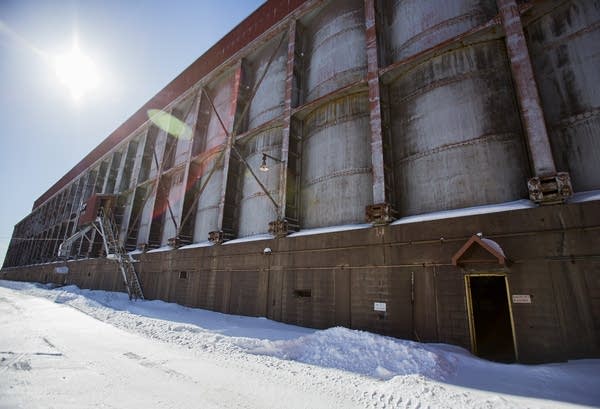The PolyMet mining damage deposit: A landlord's advice

The concentrator building at Polymet on Wednesday, February 20, 2013 near Aurora, Minn.
Derek Montgomery / For MPR News
Go Deeper.
Create an account or log in to save stories.
Like this?
Thanks for liking this story! We have added it to a list of your favorite stories.


